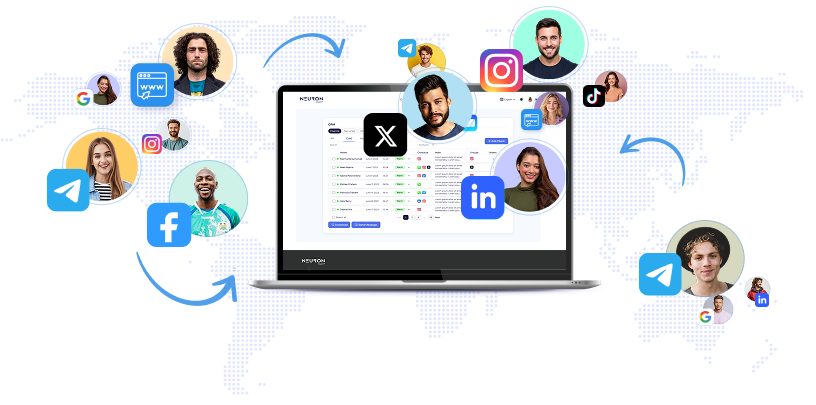
In this column, I explore a growing trend in the workplace, particularly in high-tech companies, where employees create customized "work-with-me" guides detailing their preferences for collaboration. This raises questions: is this just a fleeting trend or is it here to stay? A noteworthy development is the integration of generative AI into these guides, which can enhance their creation and utility. Proponents argue that if employees are going to invest time in crafting such guides, they should leverage AI for optimal results. ### Purpose of Work-With-Me Guides These guides aim to facilitate better communication among colleagues who may not be familiar with each other's work styles. Often, it takes considerable time to learn these preferences informally, which can lead to miscommunications or inefficiencies. For instance, if one colleague prefers phone calls and another relies on emails, misunderstandings may occur. To preempt these issues, workers are encouraged to document their preferred working styles, promoting transparency and mutual respect while reducing the potential for conflict. ### Contents and Variability of Guides Currently, the adoption of these guides is inconsistent across companies, with some employees willingly sharing their guides while others do not.
The format, content, and length of these guides vary greatly, as individuals can tailor them to their personal styles without formal requirements from management. Common elements in these guides might include preferred communication methods, working hours, and responses to feedback, each designed to streamline collaboration and mitigate misunderstandings. ### Reception of Work-With-Me Guides Reactions to these guides are polarized: some view them as invaluable tools that facilitate smoother interpersonal interactions, while others criticize them as indications of an overly self-centered workplace culture. Critics argue that accommodating individual preferences could lead to unrealistic expectations. ### Organizational Responses to Work-With-Me Guides Companies can adopt various approaches toward these guides—ranging from allowing organic practices to formalizing guidelines. The latter may involve creating standardized templates and specifying acceptable content to mitigate risks associated with potential biases or unprofessionalism. ### The Role of Generative AI Generative AI tools, like ChatGPT and others, can play a pivotal role in developing and managing these guides. They can assist in crafting guides based on user interviews, maintain updates, and facilitate interactions, all while helping to ensure compliance with company policies. However, reliance on AI can also lead to challenges, such as misrepresenting an individual’s preferences. ### Conclusion Work-with-me guides reflect modern workplace dynamics, fostering collaboration and clarity. Embracing generative AI could enhance their effectiveness, provided employees remain aware of potential drawbacks. The future might see AI defining its own working guidelines, highlighting the evolving relationship between technology and workplace culture.
The Rise of Personalized Work-With-Me Guides in Tech Workplaces


The integration of artificial intelligence (AI) into search engine optimization (SEO) is driving a transformative shift in the digital marketing arena, bringing both considerable challenges and exciting opportunities for professionals in the field.

SalesAi recently conducted two extensive studies to explore the transformative effects of artificial intelligence (AI) on revenue generation, sales efficiency, and overall business growth.

Artificial intelligence (AI) platforms like ChatGPT have become trusted companions for millions of teenagers, generating human-like responses.

Predis.ai is an innovative AI-powered platform transforming how businesses create and manage social media content and advertising creatives.

In the rapidly changing field of digital content creation, artificial intelligence is becoming increasingly crucial.

As the digital landscape rapidly grows, online platforms face increasing difficulties in managing the enormous volume of video content uploaded daily.

The complexity and opacity of modern digital advertising platforms, especially Meta Ads, have become major concerns in the marketing community.
Automate Marketing, Sales, SMM & SEO

and get clients on autopilot — from social media and search engines. No ads needed
and get clients today